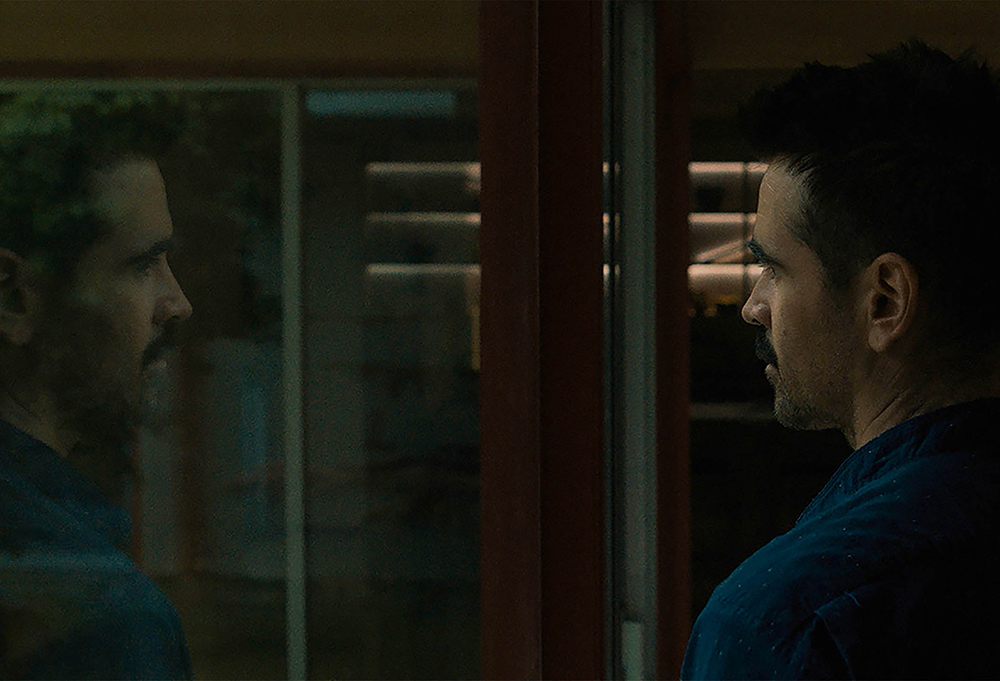Kogonada goes the “Ex-Machina” route with his adaptation of “Saying Goodbye to Yang,” thanks to its minimalistic sci-fi treatment. “After Yang” is a beautiful story about identity, existence, blood relations, and the hard questions in life like what it means to be human.
After a long career of doing video essays analyzing the structure and themes of several films and television series (“Eyes of Hitchcock,” “Linklater: On Cinema and Time,” “Hands of Bresson”) as well as contributing to Sight & Sound Magazine, Kogonada decided that it was time to craft a film of his own. In 2017, he impressed the world with “Columbus,” a film directed like a symphony of aspirations, agony, and broken hearts. The impact caused by that film made everyone anticipate what he would do next. He took his time taking on a project that he would be passionate about, and chose to adapt “Saying Goodbye to Yang,” one of the stories in Alexander Weinstein’s “Children of the New World” collection. Weinstein’s collection of stories was compared to works of Atwood, Kafka, and even Eggers, so it would be fitting if Kogonada took a swing at one of them.
Reconnecting After Greif—the Thematics of ‘After Yang’
“After Yang” takes place in a future with no specific year. When his young daughter’s beloved companion, an android named Yang (Justin H. Min), malfunctions, Jake (Colin Farrell), a struggling tea shop owner, tries his best to find a way to repair him. His wife, Kyra (Jodie Turner-Smith), tells him to focus on his daughter, Mika (Malea Emma Tjandrawidjaja), as she is grieving and misses him dearly. In the process of finding someone to repair him, Jakes finds out life has been passing in front of him via the memories of Yang. Jakes begins to reconnect with his wife and daughter across a distance he never acknowledged. Yang was bought to help Mika learn about her Chinese culture, but he’s much more than that. He is a member of their family, and each of them cares for him, even though Jake and Kyra don’t show it more than often.
When Yang breaks down, and there is a chance that he might not be able to be fixed, that’s when they realize that they are grieving him. Although the plot may revolve around futuristic technology and artificial intelligence, its thematics and execution are more forthright. A more stripped-down version of “Ghost in the Shell” as it slowly goes through the mirrorings of reality (memory, intellect, emotions, etc.) that give life to the robotic beings and makes us question our own lives.
A Minimalistic Approach to Sci-Fi
“After Yang” takes the “Ex-Machina” route with its minimalistic approach to science fiction. It works to tell a story about identity, bonds, our relationship with technology. Additionally, it examines time as an instrument to showcase the ups and downs of living. Most of the artificial brothers and sisters in that future have spyware to collect info from the families owning them; however, Yang doesn’t. Instead, he has a memory bank that contains at least one second of every day of his life.
This element is like a rabbit hole of sorts; it’s one that Jakes goes through and sees Yang’s memories and past life: how he cares, falls in love, and reflects on his existence as an A.I. Even the simplest of moments where Ada (Haley Lu Richardson) and Yang go to a concert, which there is an original song by Mitski playing, has its balance of melancholy and happiness.
‘After Yang’ takes the ‘Ex-Machina’ route with its minimalistic approach to science fiction…”
In one of those scenes where Jake is going through the memory bank, there is a sequence that resembles Terrence Malick’s way of filmmaking. Scenes of the past like Ada caring for a young girl, playing on a swing, walking through the meadows; these scenes are similar to the montages Malick makes in some of his features, like in “A Hidden Life” (which has a score playing in the background similar to the theme of said film). There was also a small sensation of Apichatpong Weerasethakul beneath the hidden and minor details.
Listening for the Hushed Moments Amidst the Noise
“After Yang” leaves many questions up in the air; Kogonada intends to do so. He wants us, the audience, to question what that family is asking themselves after Yang’s loss and what Yang thinks of himself as well as what’s to come for him in the end. “I don’t mind if there isn’t anything in the end,” says Yang at one point, causing Kyra to reflect on his answer, leaving her with little to no response. It’s almost as if the questions have more heft than the actual answers themselves; it all has to do with the quietness and candor of sincerity and empathy.
The most simplistic and hushed moments are the ones that hit harder since those are the times when we reflect. Kogonada beautifully crafts a meditative piece about what it means to live and the different feelings and questions we have as time passes.
This review was written from day 3 of Sundance Film Festival’s 2022 programming.
Support the Site: Consider becoming a sponsor to unlock exclusive, member-only content and help support The Movie Buff!

